May 16, 2025 | 10:32 GMT +7
May 16, 2025 | 10:32 GMT +7
Hotline: 0913.378.918
May 16, 2025 | 10:32 GMT +7
Hotline: 0913.378.918
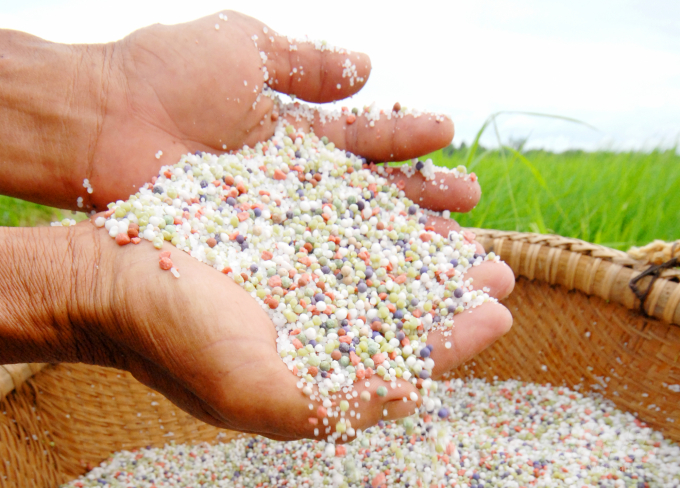
Every year 40 - 60% of fertilizer is lost in farming systems. Photo: LHV.
The pressure of intensive farming in agricultural production is on the rise. In the past 20 years (2000 - 2020) the total amount of chemical fertilizers used in our country, theoretically, ranges from 215 to 415 kg of standard mineral nutrients per ha (DDK/ha), an average of approximately 350 kg DDK/ha/year.
In general, the amount of chemical fertilizers used in Vietnam is equivalent to that of countries with advanced intensive cultivation in the region (Korea 467 kg/ha, Japan 403 kg/ha, China 390 kg/ha). However, in our country, especially in densely populated areas like the Red River Delta, the farming intensity is increasingly alarming as it puts more fertilizer pressure on agricultural land.
The farming intensity in many places goes up to over 1,000 DDK units/ha/year, or even higher in areas where cultivation of vegetables, coffee, pepper is specialized, or near-urban flower growing areas.
Fertilizer pressure on agricultural land has increased by 30 - 50% compared to the 1980 - 2000 period. This fact puts out a warning of increasing phosphorus and nitrogen eutrophication especially in intensive farming systems of rice, coffee and other economical crops. On the other hand it should be emphasized that the trend of using chemical fertilizers in industrialized countries, although previously high, has remarkably decreased in recent years.
| Area | Used volume (kg/ha/năm) | ||||
| N-P-K | N | P | K | Pesticides | |
| Red River Delta | 958.4 | 295.1 | 772.6 | 252.6 | 4.2 |
| Northwestern mountains | 950.0 | 242.3 | 398.6 | 366.2 | 7.9 |
| Northeastern Mountains | 1 154.8 | 207.4 | 649.5 | 184.5 | 6.4 |
| North Central Coast | 850.0 | 280.7 | 538.2 | 321.8 | 5.6 |
| South Central Coast | 615.0 | 313.5 | 501.9 | 213.4 | 9.5 |
| Central Highlands | 1 150.0 | 416.7 | 815.0 | 230.0 | 6.2 |
| South East | 1 325.0 | 556.2 | 727.0 | 385.0 | 7.4 |
| Mekong Delta | 447.5 | 361.6 | 329.3 | 181.9 | 4.8 |
| Average | 764.18 | 334.19 | 591.51 | 266.93 | 6.5 |
Amount of chemical fertilizers and pesticides used in cultivation. Source: Institute For Agriculture Environment (IAE - 2019).
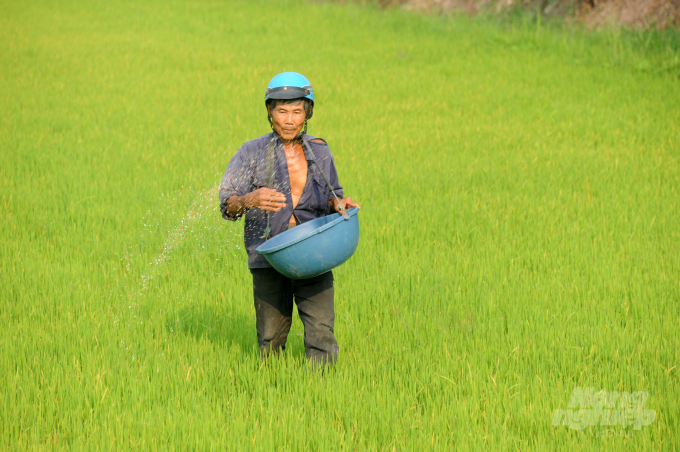
In general, the amount of chemical fertilizers used in Vietnam is equivalent to that of countries with advanced intensive cultivation in the region. Photo: LHV.
According to statistics, the total amount of fertilizer used in recent years is about 10 million tons/year (10.23 million tons in 2020), the efficiency however remains low, only less than 50%. Studies show that every year 40-60% of fertilizer is lost in farming systems, which not only causes waste (over USD 2 billion in financial terms) but also pollutes the environment and increases greenhouse gas (GHG) emissions.
The 2010 report on GHG inventory results in Vietnam showed that rice cultivation alone emitted 1.78 million tons of CH4, equivalent to 37.43 million tons of CO2e, accounting for 69.42% of total GHG emissions of the farming industry, 57.5% of the total GHG emissions of the entire agricultural sector, and 26.1% of the total GHG emissions of the nation.
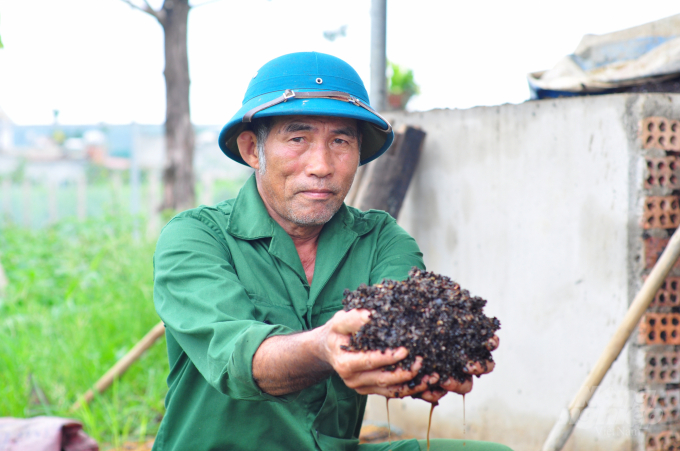
Organic agriculture strategies are only striving to manage 5-10% of the cultivated area by 2030. Photo: Minh Hau.
Seeing the downside of chemical fertilizers and plant protection chemicals, there is a trend that is increasingly being encouraged: organic agriculture - complete rejection of agrochemistry’s achievements.
Although the trend of organic agriculture is on the rise, data and reality have proven that only "relying on nature and water from the sky” is not enough to ensure a sufficient life for mankind.
Droughts, floods, and saltwater intrusion have caused hunger in many areas. Poverty alleviation becomes the millennium’s number one goal of sustainable development. Experiments on growing plants without using fertilizers still in fact give yield but only equivalent to 20-30% of the current total yield.
FAO and WHO are forecasting that by the end of this year up to one billion people will fall into poverty. Food security and safety, which is vital to humanity, is still a leading topic of discussion even during and after the Covid-19 pandemic.

Vietnam's agriculture is aiming for chemical fertilizers reduction - an urgent demand and an inevitable trend. Photo: LHV.
As mentioned above, only 50% of the amount of chemical fertilizer used is considered effective, while the other 50% is lost in the system and released into the environment, leading to a question of whether one should only 50% of chemical fertilizers compared to the amount used nowadays.
That’s not how the optimization problem work.
In terms of biological reactions, the best yield is that of natural photosynthesis, but still only reaches 68% of the theory at maximum. No country has yet set chemical fertilizers reduction rate of 50% on a national scale. China has set a 10% reduction in mineral fertilizers within 10 years (1%/year). The reduction rate in reality depends on each country’s farming history, crop, soil type, weather, and desired yield level.
Developed countries have now practiced precision agriculture. We have fairly common formulas such as "1 must, 5 reduce” (1P5G) or "3 down 3 up" (3G3T). With large databases and instantaneous meteorological information, agricultural techniques are moving towards precision agriculture: more correct, sufficient and precise fertilization.
Balanced and environmentally friendly fertilizer application has become indispensable. If on each field in Vietnam farmers set a target to reduce mineral fertilizers by 5-10%, the profit would immediately increase by 3-5% and the whole country would have an additional USD 200 million, enough for the agricultural science force to research and thus create agricultural achievements for many decades.
Translated by Samuel Pham
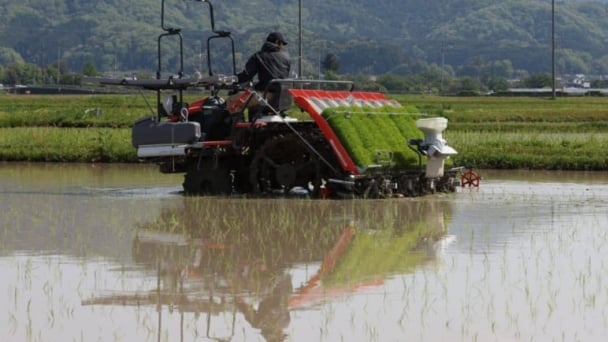
(VAN) Japan's efforts to lower the price of rice through the release of its stockpile may finally be making some progress, albeit at a snail's pace.

(VAN) U.S. tariffs are not only a 'shock', but also an opportunity for Vietnamese businesses to renew their mindset toward comprehensive development.
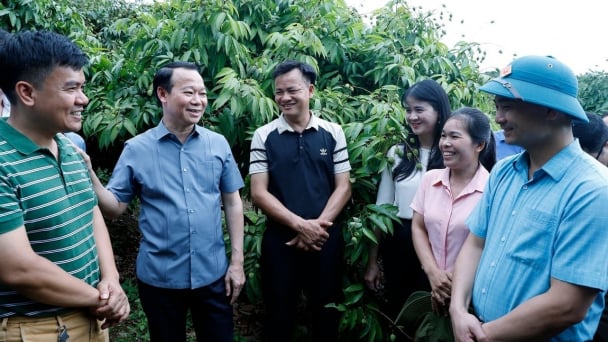
(VAN) As Bac Giang lychee enters the harvest season, Minister Do Duc Duy expects that the fruit will contribute greatly to agricultural exports due to standardized production and deep processing.
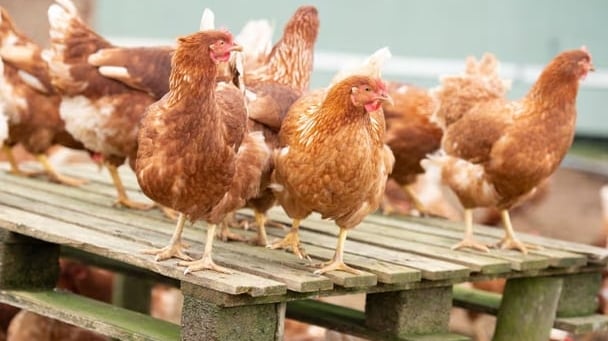
(VAN) Consumers have shown a preference for free-range eggs, but those farming systems are more vulnerable to biosecurity risks like bird flu.
/2025/05/09/5701-1-184335_301.jpg)
(VAN) Vietnam’s eel exports nearly doubled thanks to a mud-free farming model, opening up new prospects while still facing numerous barriers related to international standards.
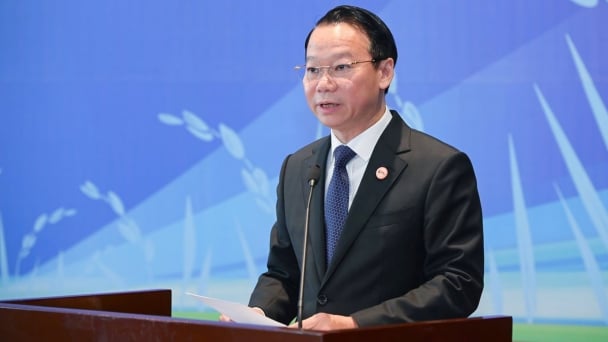
(VAN) Minister Do Duc Duy warned that if production is not professionalized and supply chains are not transparent, the U.S. market could become a growth bottleneck.
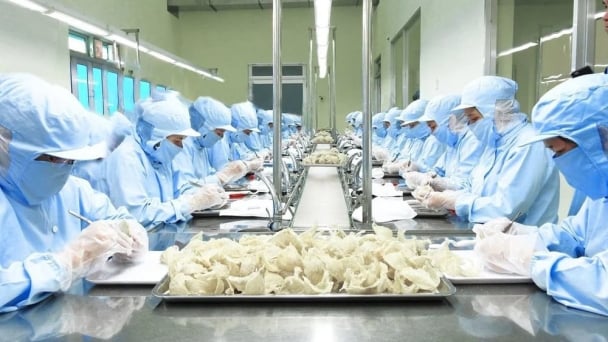
(VAN) Delegating surveillance responsibilities to local authorities is a cost-saving and efficiency-boosting measure that removes a key bottleneck for enterprises, according to Director General Duong Tat Thang.